Marine debris is a problem everywhere, even in isolated locations. Every national marine sanctuary faces challenges with respect to managing impacts from marine debris, and the issue stands as one of the most prevalent across the system. Efforts to address these challenges vary among sanctuaries.
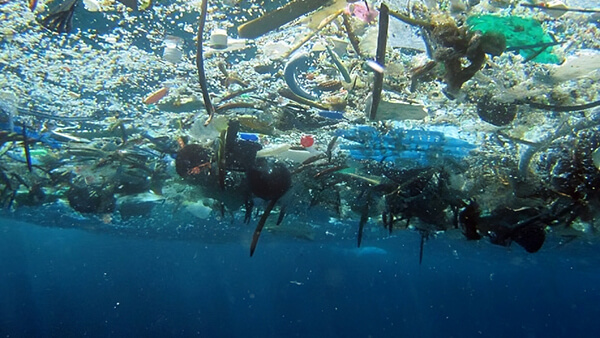
You’ve got questions, and the NOAA Marine Debris Program has answers! Explore some of the most frequently asked questions and topics related to marine debris.
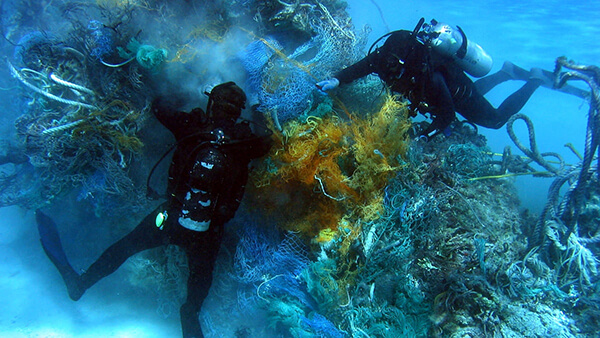
Marine debris threatens the marine environment and resources, the economy, and safe navigation. By observing the impacts of marine debris throughout the sanctuary system, scientists and sanctuary partners can help protect the nation’s most cherished ocean treasures
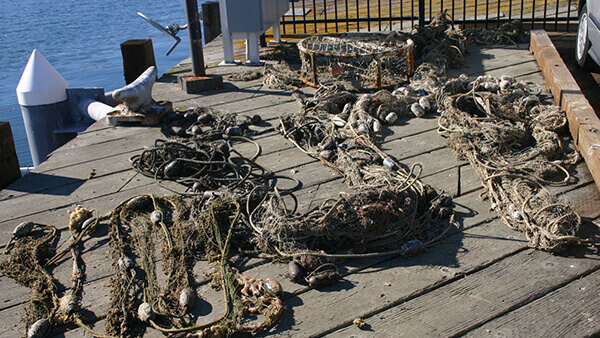
Marine debris encompasses a wide range of materials and comes from many sources. Some debris, such as lost fishing nets, poses an entanglement risk to pelagic animals, especially large fishes, sea turtles, seabirds, and mammals.
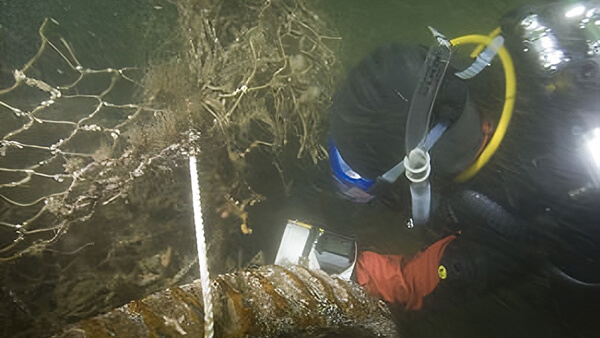
Within the past few years, one of the biggest concerns at the Monitor sanctuary has been marine debris, particularly the possibility of commercial fishing gear striking the wreck. There have been observations of commercial fishing gear, monofilament, trawling nets and long lines tangled on the site.
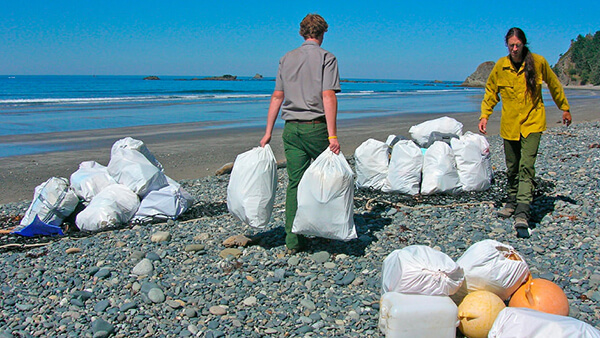
Organized beach cleanups on the Olympic Coast remove significant quantities of marine debris every year, yet debris is deposited daily on our shores. Routine monitoring by sanctuary volunteers is conducted to identify the types and volumes of marine debris arriving.
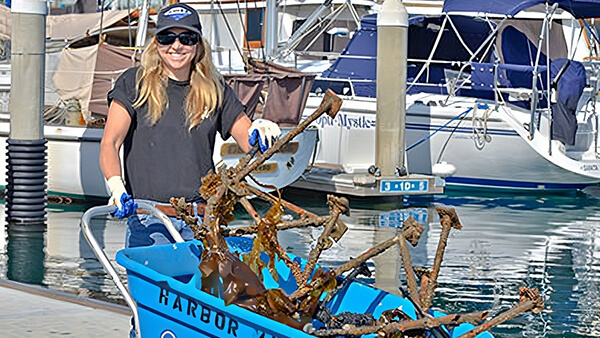
Levels of debris in both the ocean and at the land-sea interface are of growing concern and marine debris poses a growing threat to marine life and biological diversity in the Channel Islands sanctuary.
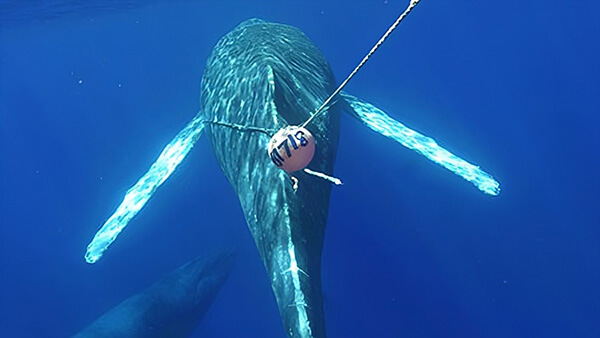
Each year, tons of marine debris drift through the waters surrounding the Hawaiian Islands and wash onto shorelines, posing a threat to humpback whales, Hawaiian monk seals, sea turtles, seabirds and other wildlife through entanglement or ingestion.
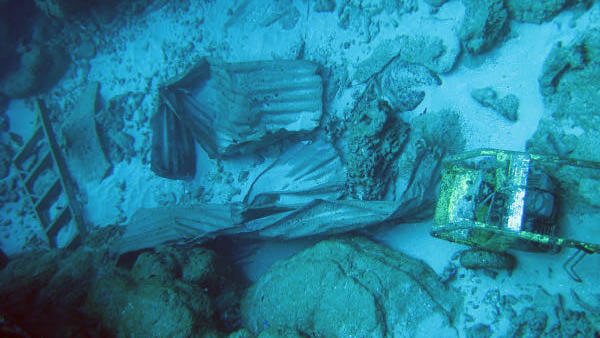
Marine debris poses a threat to marine life and biological diversity in American Samoa. The top 10 kinds of trash found in American Samoa found during coastal clean ups are plastic bottles, soda cans, cigarette butts, plastic bags, food wrappers, glass beverages, Styrofoam cups/plates, caps /lids, detergent containers, and shoes/flip flops.
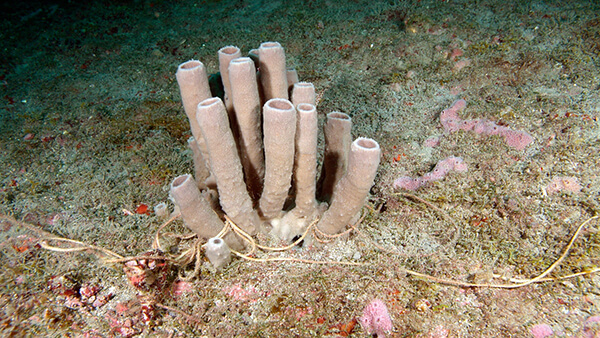
Lost and discarded fishing gear, including longlines, monofilament lines, floats, nets, boat anchors, vessel stabilizers, discarded spear heads, and spearguns, have been observed at East and West Flower Garden and Stetson Banks.
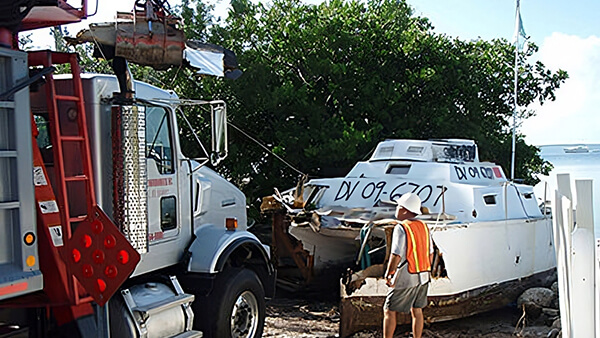
Increasing levels of debris in both the ocean and at the land-sea interface are of growing concern to stakeholders of the Florida Keys National Marine Sanctuary.
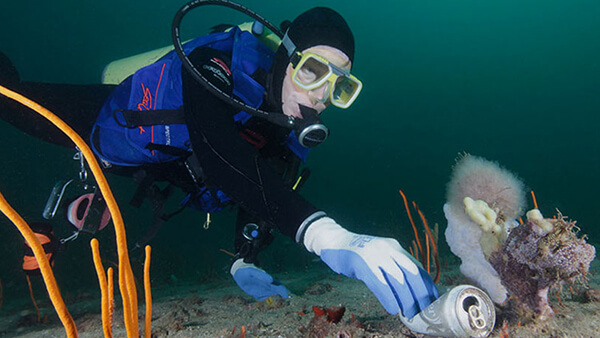
Debris can pose serious threats to marine wildlife via entanglement or ingestion, cause impairment of navigation by obstructing propellers and clogging cooling intakes, and negatively impact the aesthetic qualities of the sanctuary.
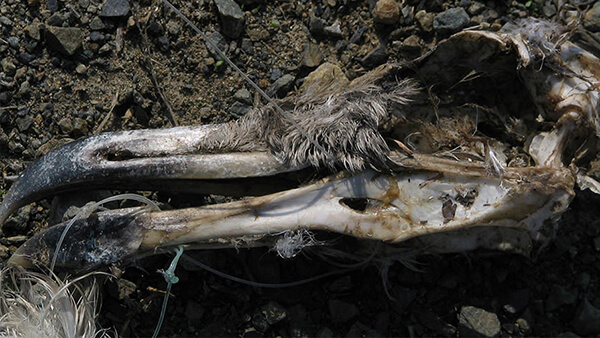
Plastic waste has been shown to entangle marine wildlife in the Greater Farallones and elsewhere. Based on Beach Watch surveys of dead seabirds, an estimated 200 birds are killed every year in the Greater Farallones due to entanglement in fishing gear and other plastic debris.
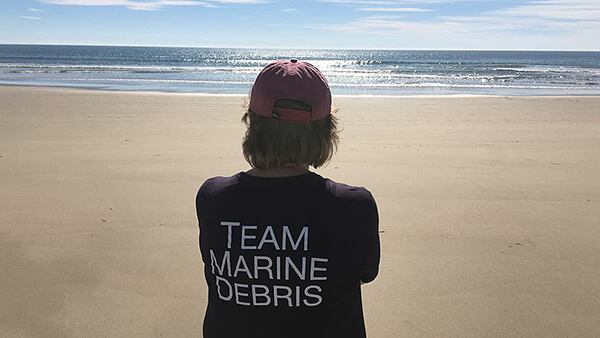
The sanctuary addresses the issue of marine debris through education, research, and prevention efforts that benefit ocean systems well beyond our sanctuary boundaries. Thanks to partnerships with the Greater Farallones Association, the Seabird Protection Network,and the NOAA Office of Response and Restoration's Marine Debris Program, the sanctuary has led successful marine debris assessment and reduction initiatives.
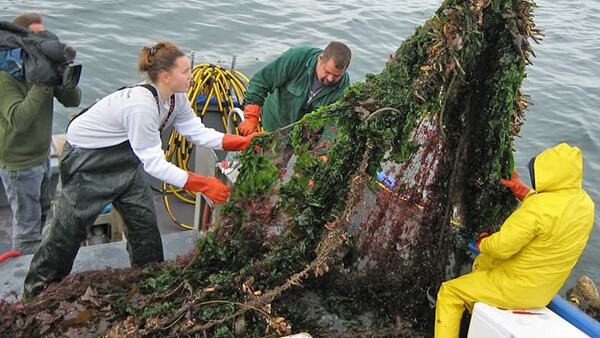
Olympic Coast National Marine Sanctuary has worked with citizen science volunteers since 2001 to identify, and quantify types of marine debris found along various segments of shoreline bordering the sanctuary. During periodic surveys, volunteers have removed nearly 70,000 pieces of marine debris from the Olympic Coast coastline!
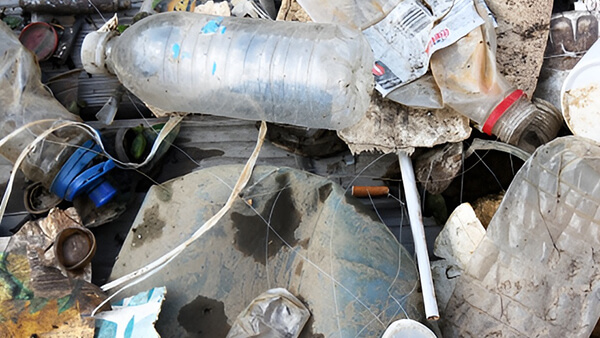
Our ocean is filled with items that do not belong there. Huge amounts of plastics, metals, rubber, paper, textiles, derelict fishing gear, derelict vessels, and other lost or discarded items enter the marine environment every day. This makes marine debris one of the most widespread pollution problems facing the world's ocean and waterways.